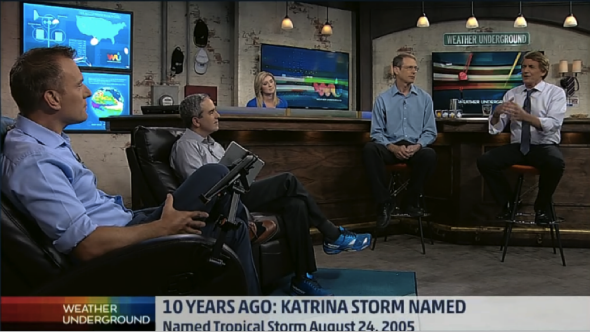

The same holds true for areas of mountainous terrain. Similarly, if your box includes 25 square miles of land and 5 square miles of ocean, the average temperature will look more like the inland heat than the cool sea breeze you may feel on the beach. Often, in reality, that’s not the case! A small summer thunderstorm over Atlanta might only be a mile wide, not occupying a whole box and completely flying “under the radar” from the weather app’s perspective. This is important because the model treats everything within those boxes equally. Depending on the model, these boxes are between two and six miles on each side. How do weather apps give you a forecast anyway? They rely on computer models of the atmosphere that take information about what the weather is doing now and use it to predict what might happen in the future.īecause computers are only so big, weather models have to split the world into little boxes to get a handle on the problem. How Do Weather Apps Work, and Why Are They Sometimes Wrong? At some point, those little disturbances will overwhelm whatever forecast signal we were relying on. Imagine trying to track down every butterfly and all the disruptions to the air that you might create in the process. We can’t possibly account for every tiny disturbance. A tiny disturbance now can have huge and unexpected consequences later, meaning that after even just ten days, weather forecasts become almost useless. If you’ve heard some version of the saying “a butterfly flaps its wings in Brazil and causes a tornado to touch down in Texas,” that’s the idea behind chaos theory. Why does this happen? The answer lies in an idea central to meteorology-chaos theory. A five-day and seven-day forecast is fairly accurate, but they are less reliable beyond that range. By ten days, forecasts are only accurate approximately 50% of the time. The NOAA says that, on average, a five-day forecast is correct about 90% of the time, while a seven-day forecast can accurately predict the weather 80% of the time.

While everyone can think of that time or two (or maybe more) that a meteorologist got things super wrong, the reality is that in 2023 weather forecasts are, on average, extremely good. As a Meteorologist, Here are the Weather Apps I Use.Here Are the Most Accurate Weather Apps for My City.Who Has the Most Accurate Weather Forecast for Your Area?.How Do Weather Apps Work, and Why Are They Sometimes Wrong?.


 0 kommentar(er)
0 kommentar(er)
